
San Francisco Dance Film Festival
Merely Marvelous: The Dancing Genius of Gwen Verdon, ★★★★✰
Dance Goes On, ★★★✰✰
Uprooted – The Journey of Jazz Dance, ★★★★★
Streamed through Marquee TV
18-25 October 2020
www.sfdancefilmfest.org
www.marquee.tv
Exposure changes things (a motto of 2020, to be sure). Live performance may be on hold for the time being, but dance films have been plentiful this year. However, dance film has not always been my thing. While I love dance documentaries, performance footage, even rom-coms that utilize dance as a frame (as uncool as that might be), the projects for the camera that are overly think-y and unnecessarily dense, not so much. But again, exposure changes things. And for me, it’s leading to more familiarity and appreciation of the entire dance film genre.
A great way to dive into dance film is to take in the annual San Francisco Dance Film Festival (SFDFF). Currently marking its 11th consecutive year, the festival is known for its broad collection of shorts programs, feature-length offerings and gripping documentaries. Running October 18th through the 25th, the event streams through the Marquee TV platform. I wasn’t able to screen every film in the line-up, but selected a shorts program and two documentaries to give me a sense of what is percolating at the 2020 Festival.
First up was Merely Marvelous: The Dancing Genius of Gwen Verdon (USA), a ninety-minute celebration of Broadway legend Gwen Verdon, directed by Chris Johnson and Ken Bloom. Merely Marvelous was everything a really good documentary should be. A collection of interviews, historic footage and scholarly analysis; like a written biography brought to life onscreen. There’s the epic dancer’s early childhood, which included corrective leg braces; her fascinations with Burlesque and Charlie Chaplin; her first marriage; and the birth of her son in her late teens. There’s the years dancing in Hollywood movies and the complicated working relationships with Jack Cole and Bob Fosse (Verdon and Fosse were married in 1960). And then, there’s Broadway. Verdon’s first successes – Can Can and Damn Yankees – to later projects like Sweet Charity and Chicago.
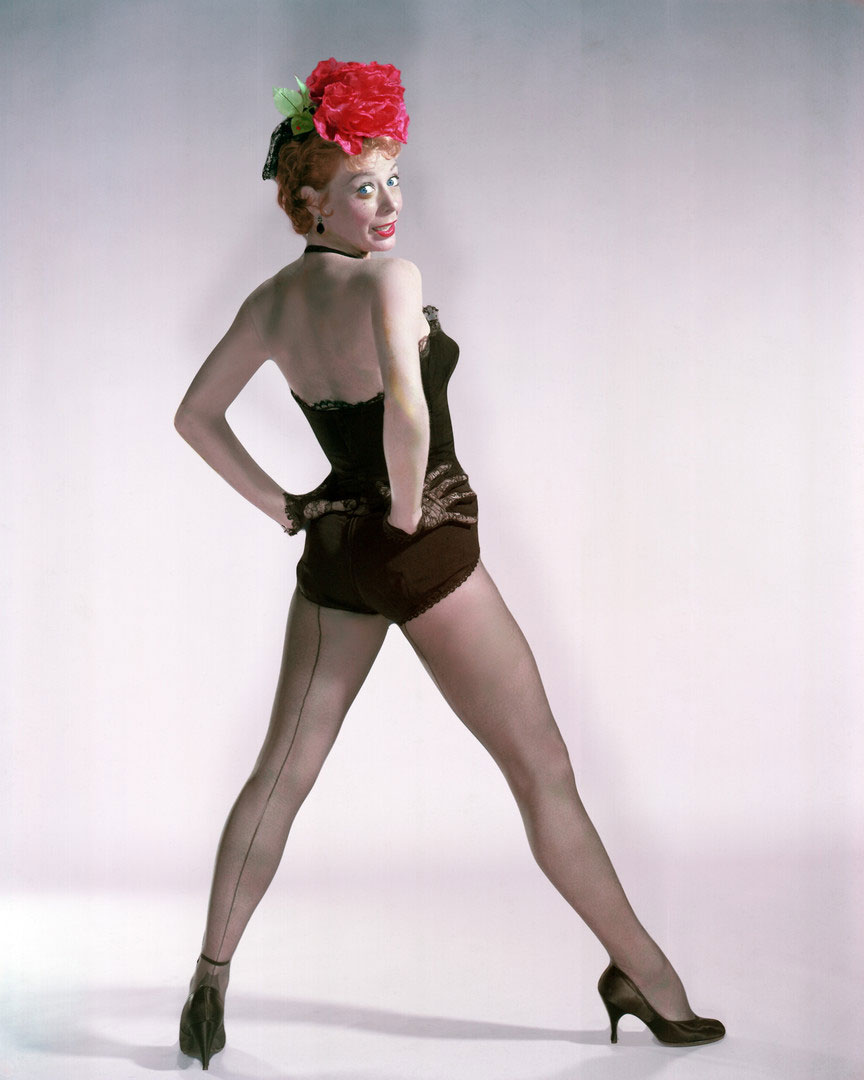
©/courtesy San Francisco Dance Film Festival. (Click image for larger version)
But Merely Marvelous also dove into Verdon’s work ethic and discipline, her gumption and choreographic skill. And of course, the notion of lineage. Today’s productions still glimmering with her style and presence. I will say that Merely Marvelous feels more enlightening than it does emotionally charged. Yes, there are emotional moments throughout the film, particularly the final twenty minutes – personal remembrances of Verdon’s raw talent, spirit, generosity and compassion. But it felt more of an educational experience than an emotive journey. Absolutely fine. It just depends on what you look for in a documentary.
Up next was the Dance Goes On shorts program, a collage of thirteen short films. In recent years, SFDFF has organized its short films thematically, and this particular group honored dance’s resilience. One entry found two soloists simultaneously dancing inside different buildings, separated by a street. Another film introduced a soloist in one city, who would engage in a movement phrase and then ‘pass’ it to another dancer in different locale. Both seemed statements on social distancing and shelter-in-place during COVID. Sean and John Scott brought a powerful rhythm tap dialogue to the screen in one of the multiple shorts centering on racial injustice and the Black Lives Matter movement. And a couple of films on the bill went more structural and formal in their tone, placing different styles of dance side-by-side to show commonalities and contrasts.
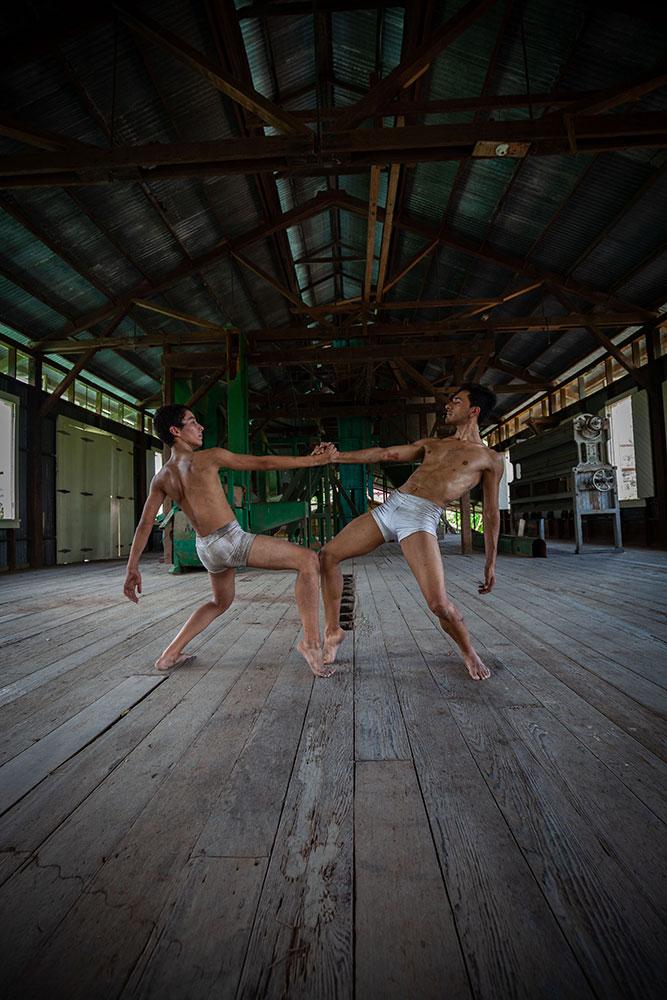
© Alonso Segura More. (Click image for larger version)
By far, my favorite piece of Dance Goes On was Amen (Costa Rica), directed by Alonzo Seguro Mora and Felipe R. Cover, choreographed by Eduardo Zumbado. A duet for Alejandro Seguro and Eduardo Jimenez, flying metaphors abounded in the athletic, technically layered work – suspended postures, a bluebird-inspired lift, a series of dynamic barrel rolls. Yet it was grounded in such poignant intensity, reminiscent of Lar Lubovitch’s iconic Concerto Six Twenty-Two (1986).
As compelling as the aforementioned films were, Dance Goes On also had its fair share of quirky, busy films. Not only were they too odd and whimsical for my taste, but their message got buried in a bevy of theatrical elements and devices. And they definitely seemed out of place with the rest of this group.

© Vibecke Dahle. (Click image for larger version)
My final stop on the SFDFF circuit was Uprooted – The Journey of Jazz Dance (USA), and it was a stellar experience. Directed by Khadifa Wong, Uprooted is so alive as a documentary. Sharing information, yes, but really searching for the truth about Jazz Dance. Not in an effort to come up with simplistic one-note answers but to demonstrate the genre’s deep complexity.
Uprooted charts the history of Jazz Dance with drama, detail and discourse to spare. Wong brings a myriad of voices together to offer phenomenal insights. How understanding jazz requires ancestral research as well as political/social/cultural context. How one must look back at enslavement of the African people to understand where jazz came from and how it became a way to protest, to express emotion, to remember. There was commentary on rhythm, improvisation, patterning, groundedness, body percussion and connection to music. We saw the form through the decades. But what was far more affecting were the probing issues raised throughout. Questions of appropriation. Tensions between ballet and jazz. Why certain names are associated with jazz’s legacy while others are omitted. The current fascination with “tricks” and competition-style jazz. Why funding for concert Jazz Dance is so difficult to procure. The genius of these questions, and others, is that they were about sparking dialogue and exchange. The film ignites curiosity and that’s what a documentary should do.












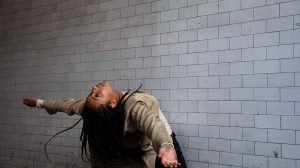

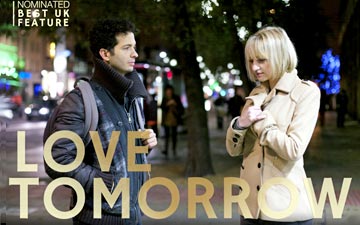
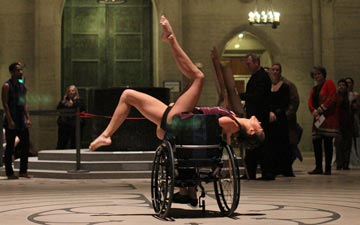
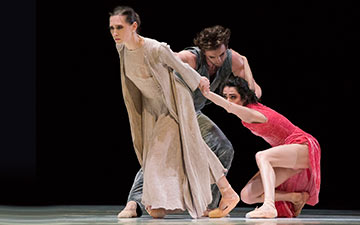
You must be logged in to post a comment.